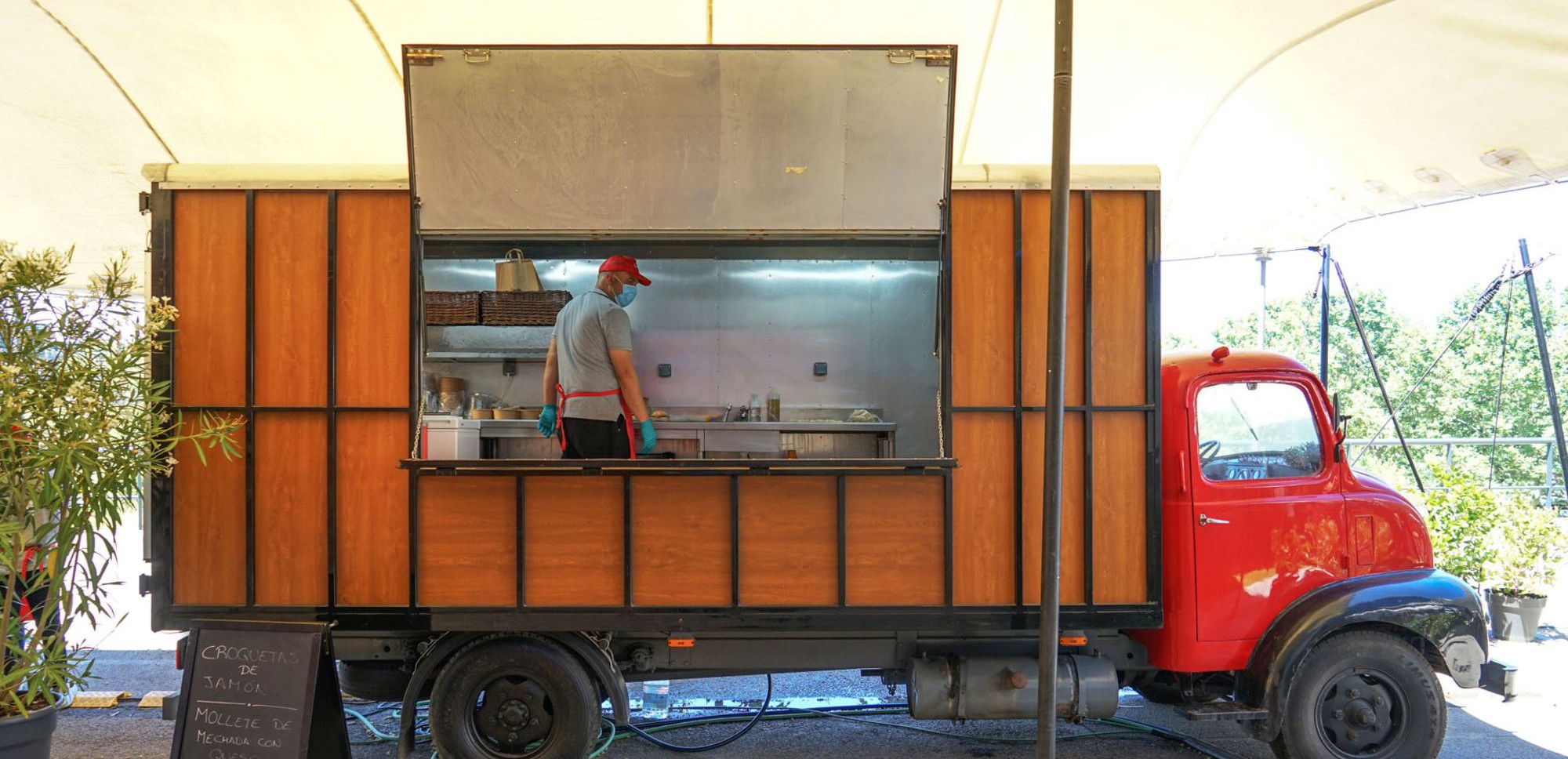The relationship between company and employee has changed. Now the trend is to put people at the centre. Companies take care of their employees because they know that making their workers happy and satisfied with their workplace it’s in their own interest, eventually.
This article will focus precisely on that: the workspace itself. Beyond a good salary and job satisfaction, job seekers today want to spend their working day in a pleasant place where they feel comfortable and their needs are met.
The layout of a company’s offices says a lot about its organizational culture. Creating a strong business culture, while time (and effort) consuming, is worth it. It has been found that happy staffers are 12% more productive than dissatisfied employees, so there exists an incentive to create an exemplary company culture.
The importance of the workspace’s interior design
Workplace aesthetics have a direct impact on employee’s well-being. But, of course, this is nothing new. A great deal of research reveals that there are many design factors, from having artwork on the walls to ensuring natural light, that increase productivity.

The importance of the workspace’s interior design
Workplace aesthetics have a direct impact on employee’s well-being. But, of course, this is nothing new. A great deal of research reveals that there are many design factors, from having artwork on the walls to ensuring natural light, that increase productivity.
It seems pretty logical. Who feels like giving their best while working in a dark, enclosed, claustrophobic place that has a nice view of, let’s say, a concrete wall?
A well-designed workspace is more than just an attractive space to look at: it allows you to get the job done, keeps you motivated and encourages you to interact with your team. It’s something they have very much in mind at WeWork. The coworking space company uses colour, by painting the walls or through artwork, to encourage users’ creativity or create spaces for relaxation. Proper lighting is also important. It can improve focus, reduce eyestrain and help you have a better day at work.
The green workspace
In recent years, considerable energy has been devoted to demonstrating that plants and flowers are conducive to a better work experience. “Biophilia” advocates that green spaces in offices generate physiological responses, such as increased brain activity or reduced stress.
In fact, a Harvard University article published last year stated that the cognitive performance of “green” office workers was twice that of those working in conventional environments.
The importance of common (work) spaces
The creation of strategic common spaces, from the coffee area to the canteen, helps to maintain contact with the team and promotes fluid communication among the staff.
One of the latest trends in the creation of common spaces is foodtrucking. These are open-air catering services that provide employees with new styles of food and expand the company’s gastronomic offerings.

These rigs allow employees to use outdoor spaces, thus becomes a new way of working and relating beyond food. For example, you can enjoy a coffee while having a more informal meeting on the terrace set up in the foodtruckarea.
If workers are going to spend a significant amount of time at the office, why not create spaces where they feel comfortable? Having happy and motivated employees is a victory for both the business and the staff.
Sources: The Guardian, Harvard, University of Massachusetts, Social Market Foundation



